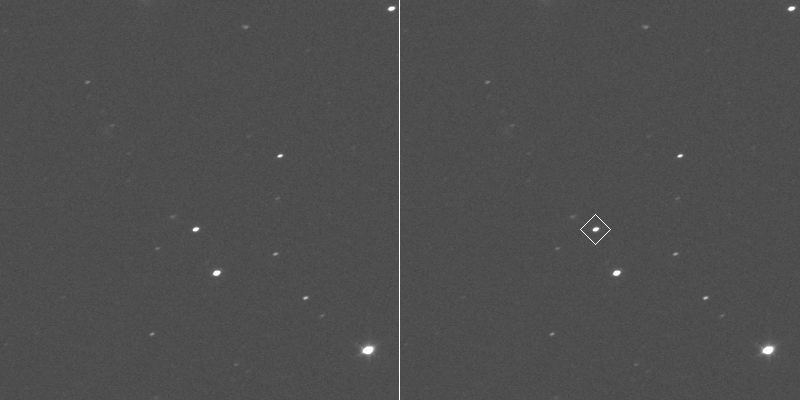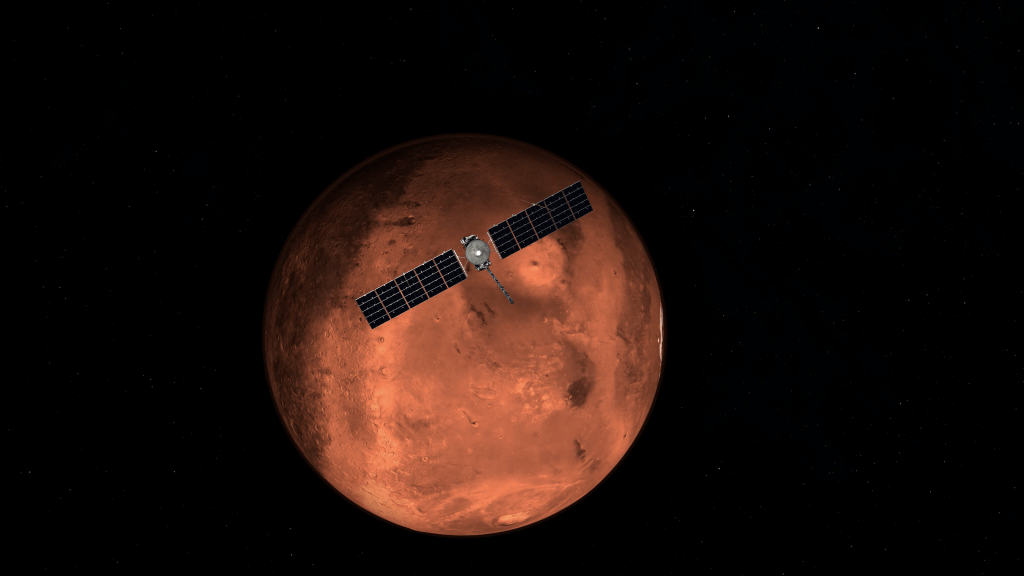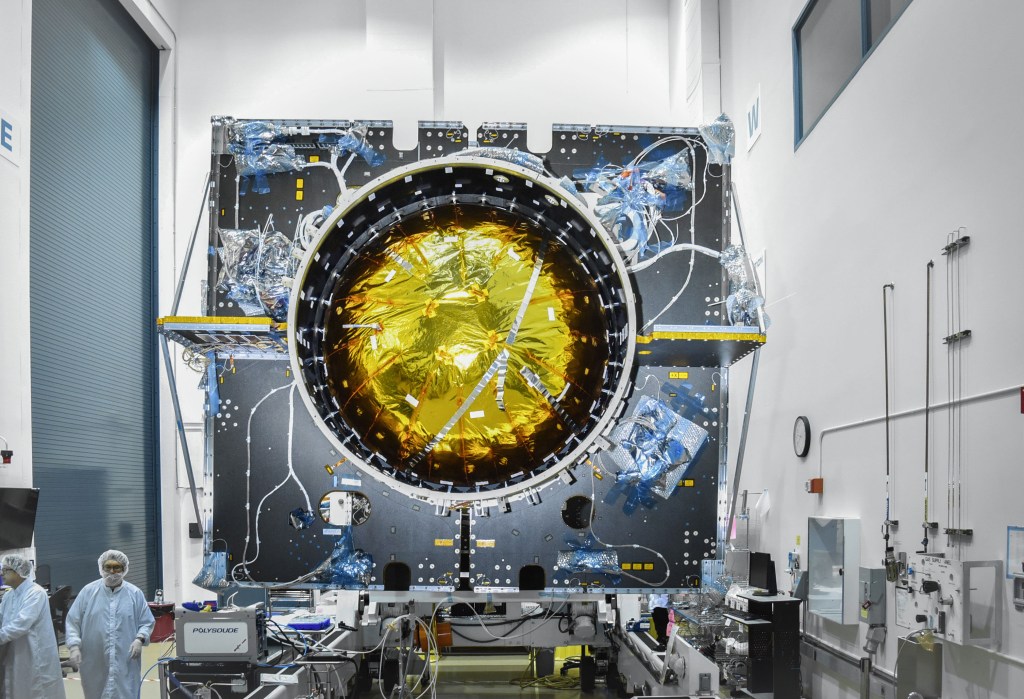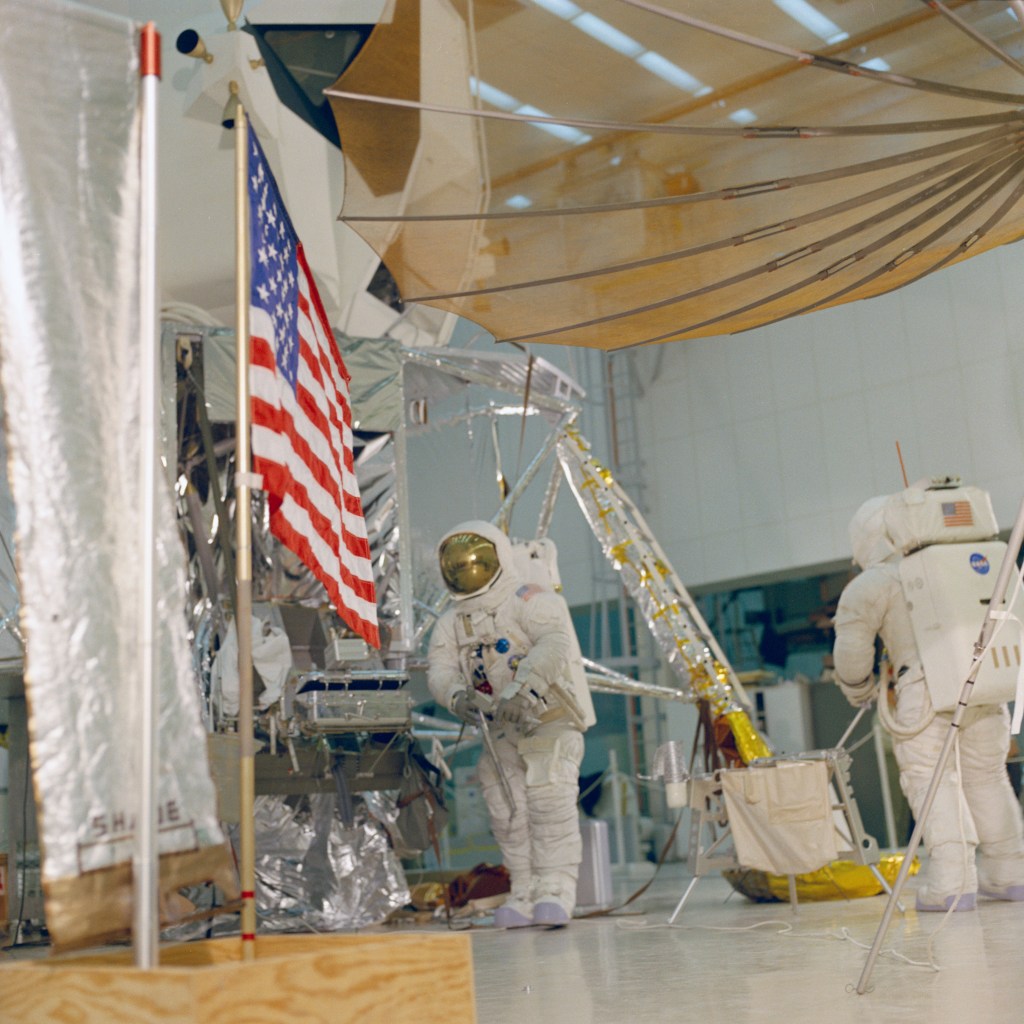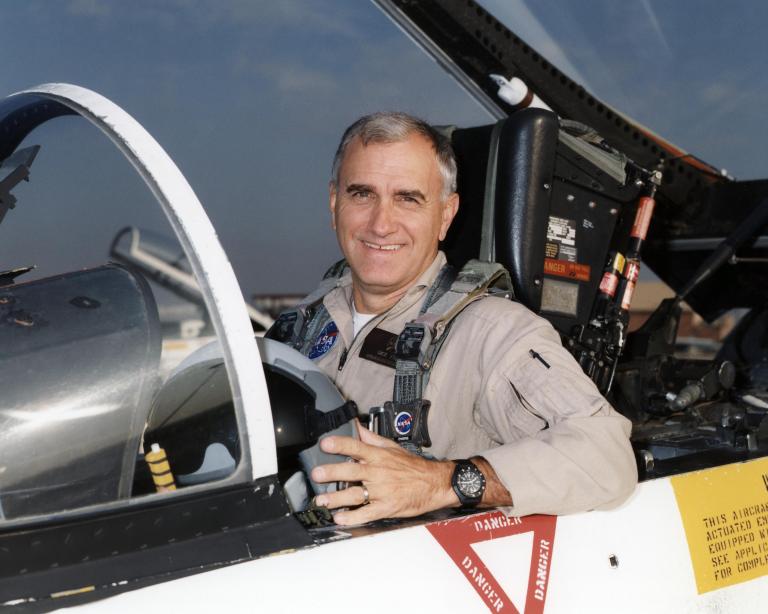
Richard G. Ewers
NASA Pilot
Richard G. “Dick” Ewers was a research pilot in the Flight Crew Branch at NASA’s Armstrong Flight Research Center, Edwards, CA. His research flying duties spanned flying highly modified F/A-18 aircraft in high-speed flight research to piloting NASA’s world-traveling DC-8 flying science laboratory and Gulfstream III aircraft for NASA’s Airborne Science Program. He logged more than 12,750 hours of military and civilian flight experience over 43 years in a wide variety of aircraft ranging from jet fighters to blimps.
Ewers came to NASA Dryden (now Armstrong) in May 1998 after serving for more than 8 years as an engineering test pilot with Northrop Grumman’s Electronic Sensors and Systems Division, formerly Westinghouse’s Electronic Systems Group. While with Westinghouse/Northrop-Grumman, he flight tested emerging radar and forward-looking infrared systems under development for military and civilian use.
Before joining Westinghouse, Ewers served for more than 21 years in the U.S. Marine Corps as a fighter and test pilot, flying F-4, A-4, and F/A-18 aircraft. He completed flight training at Naval Air Station Pensacola, FL, in 1970, and subsequently served in fighter/attack and reconnaissance squadrons before ultimately commanding an F-4S squadron for two years. His military flying included combat service in Vietnam and operational exchange tours with both U.S. Navy and U.S. Air Force squadrons flying F-4s around the world, including launches from and landings on aircraft carriers.
Ewers graduated from the U.S. Naval Test Pilot School in 1981 and then served two tours as a test pilot at the Naval Air Test Center, Patuxent River, MD. Most of his military flight test experience was with the F-4S Phantom II and F/A-18 Hornet aircraft. He retired from the Marine Corps in 1989 with the rank of lieutenant colonel.
Ewers graduated from the U.S. Air Force Academy in 1968 with a Bachelor of Science in engineering mechanics. He earned a Master of Science in aeronautical systems from the University of West Florida in 1970. He retired from NASA in 2013.

